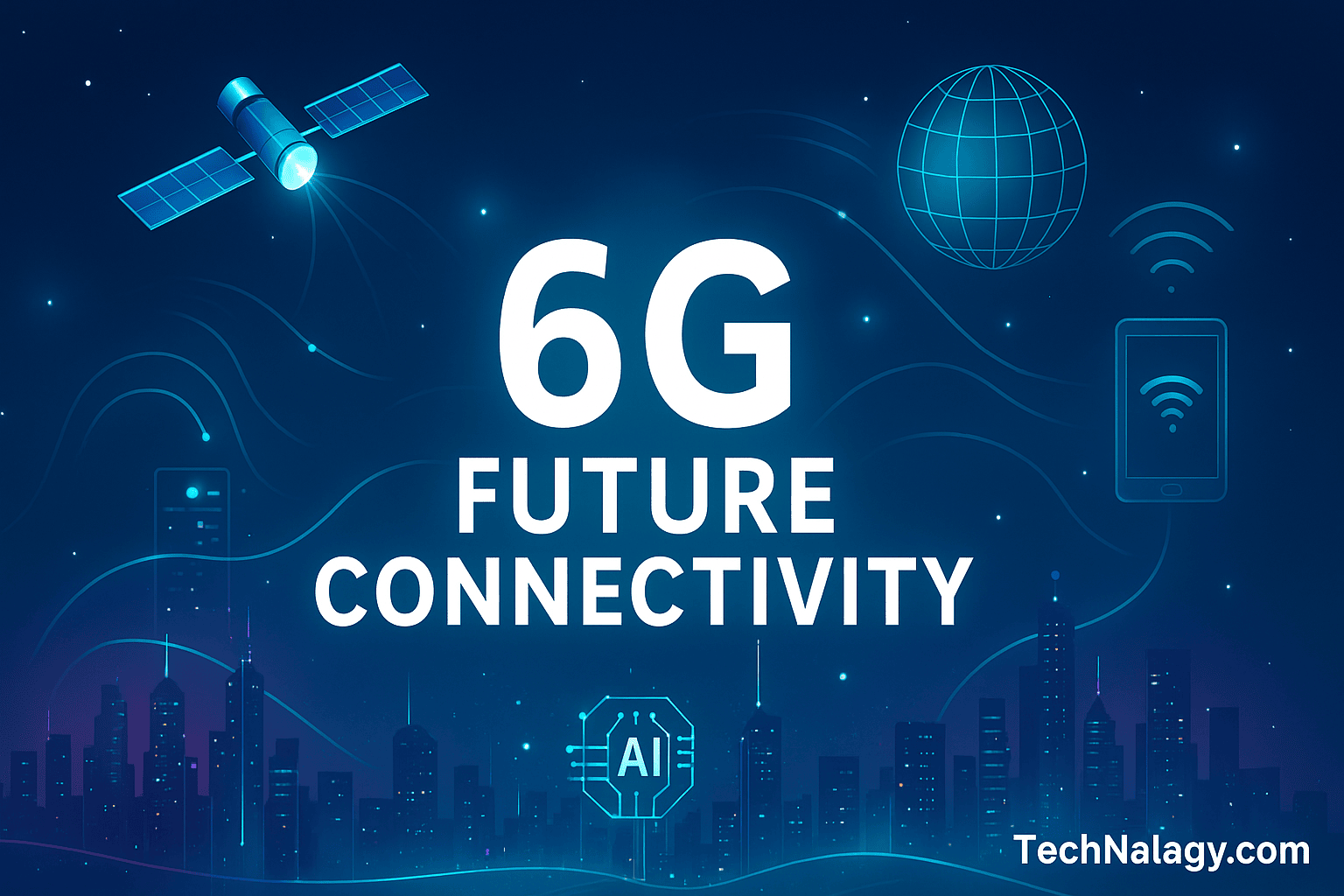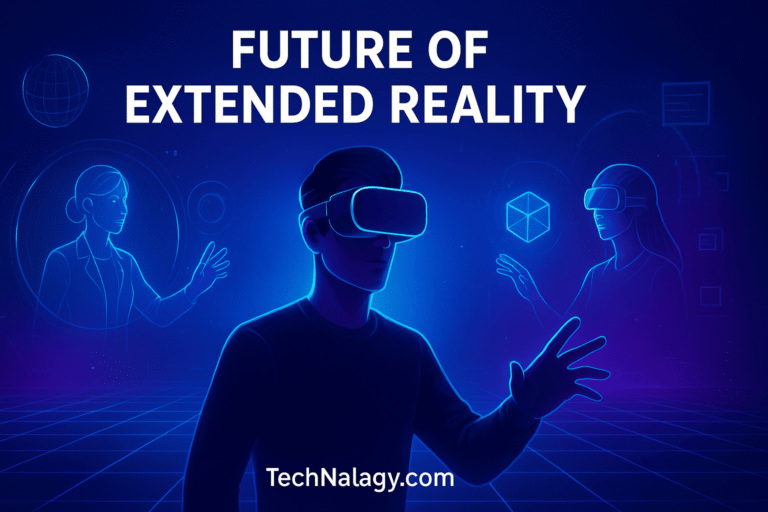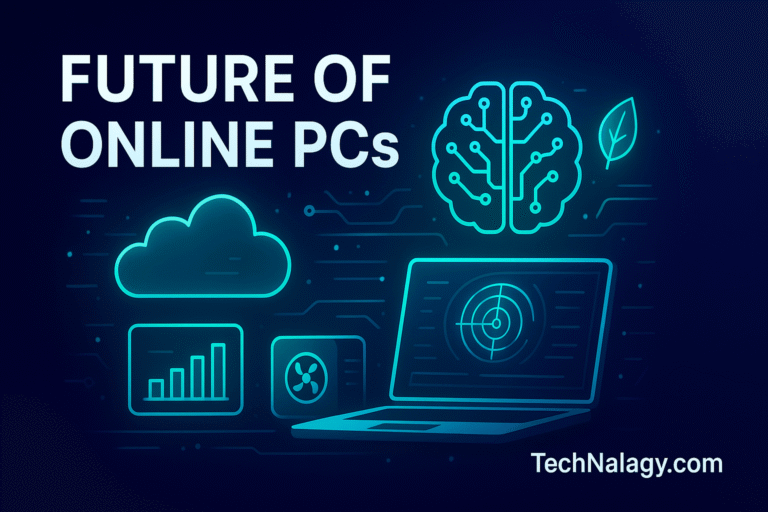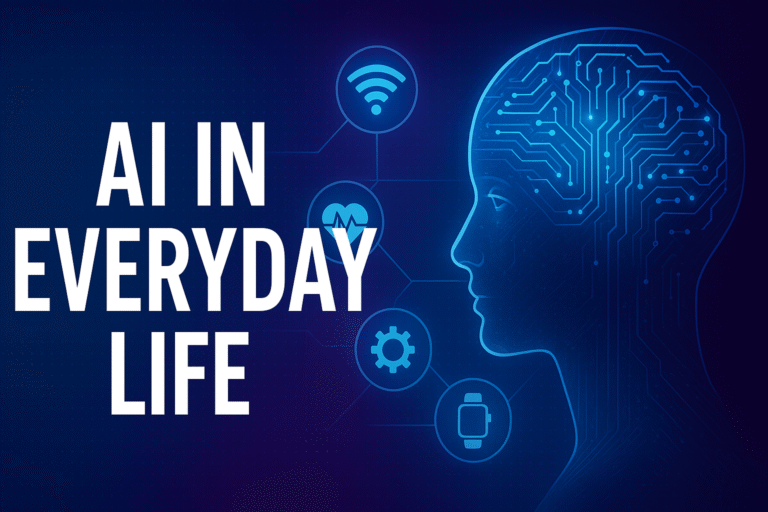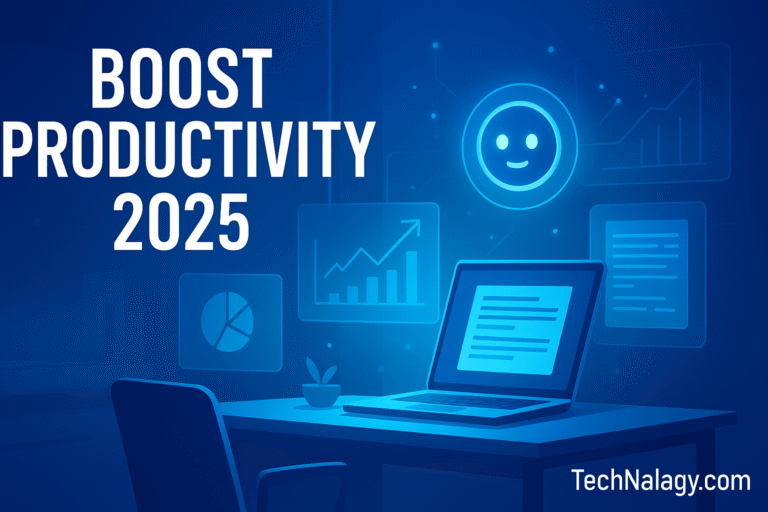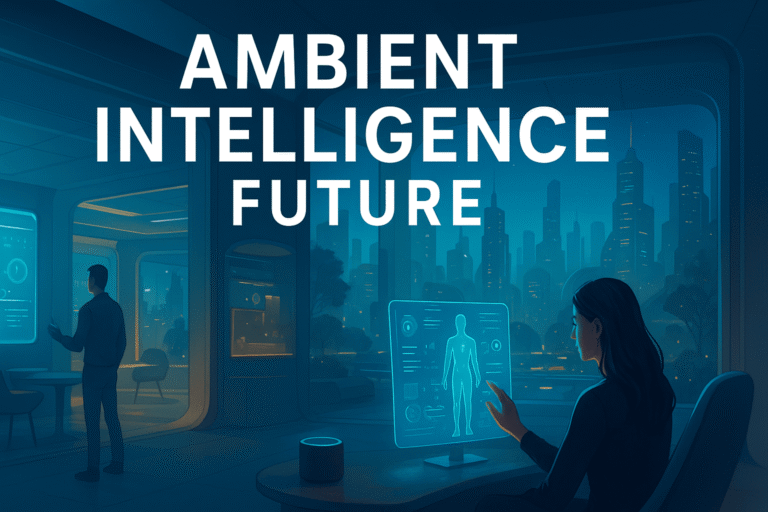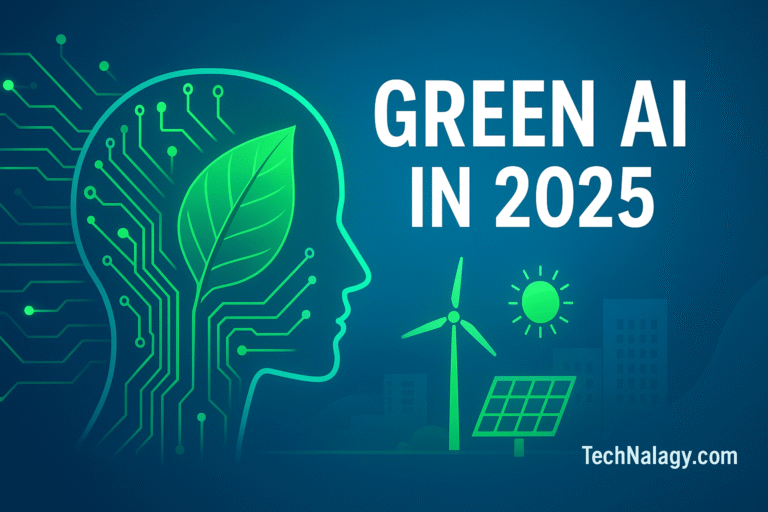6G Technology in 2025: Challenges and Breakthroughs Ahead
In the fast-evolving digital world, the spotlight is quickly shifting from 5G to 6G Technology in 2025. While 5G is still in the process of global rollout, research into sixth-generation wireless networks is already underway, and its potential is staggering. From ultra-low latency to AI-native architecture, 6G promises to redefine how we connect, communicate, and experience the digital universe.
This article dives deep into 6G Technology in 2025, exploring its core innovations, global roadmap, real-world applications, and the challenges ahead.
Table of Contents
What Is 6G Technology in 2025?
6G Technology in 2025 refers to the sixth generation of wireless communication networks currently under development by governments, universities, and tech companies worldwide. Unlike 5G, which focuses on ultra-fast internet speeds and expanded device connectivity, 6G aims to deliver holographic communication, integrated AI-driven networks, terahertz spectrum use, and seamless satellite-to-ground coverage.
Key goals of 6G include:
- Peak data speeds up to 1 Tbps
- Latency under 1 millisecond
- AI-driven network self-optimization
- Support for billions of IoT devices simultaneously
- Integration of sensing, communication, and computing
The International Telecommunication Union (ITU) has already introduced its IMT-2030 framework, outlining the vision and requirements for 6G development. This framework is guiding nations and corporations as they shape the future of global connectivity.
For comparison, if 5G was about connecting people faster, 6G is about connecting humans, devices, and intelligence itself in real time.
👉 For context, check out our detailed guide on 5G Technology in 2025 to understand how 6G builds upon it.
Key Innovations Driving 6G
The leap from 5G to 6G won’t just be incremental — it will be transformational. Several groundbreaking technologies are powering this shift:
Terahertz Spectrum Communication
6G will utilize terahertz frequencies (100 GHz – 10 THz), offering massive bandwidth for ultra-high-speed data transfer and real-time holographic communication.
AI-Native Networks
Unlike 5G, where AI is an add-on, 6G networks will be AI-native, meaning machine learning will drive resource allocation, optimize latency, and predict usage patterns automatically.
Satellite + Terrestrial Integration
6G will integrate non-terrestrial networks (NTNs) like satellites, enabling connectivity in remote regions, oceans, and even skies. This is a major leap toward truly global coverage.
Holographic & Extended Reality Support
Imagine hologram-based video calls, immersive AR/VR education, and concerts streamed in real-time 3D. 6G’s ultra-fast speeds will make these experiences seamless.
How 6G Technology in 2025 Will Redefine Connectivity
Smart Cities
With 6G, cities will become intelligent ecosystems. From automated traffic flow to real-time crime detection, smart cities will rely on 6G’s ultra-reliable, low-latency connections to power IoT infrastructure.
Neural Interfaces & Brain-Computer Tech
6G will provide the bandwidth and latency required for direct brain-to-computer interactions. For example, neural headsets could allow people to control devices with their thoughts.
👉 Read more in our article on Neural Interfaces 2025.
Smart Homes & IoT Ecosystems
With billions of devices connected, smart homes will be more responsive than ever — refrigerators ordering food automatically, smart mirrors analyzing your health, and home energy grids optimizing consumption.
👉 Explore more in Smart Home Technology.
Industrial Automation & Autonomous Vehicles
From factories to highways, 6G will enable real-time machine communication, supporting autonomous vehicles, drones, and robotic industries at scale.
6G and Emerging Tech Synergy
Quantum Computing & 6G
The processing power of quantum computers combined with 6G’s ultra-speed will unlock new breakthroughs in cryptography, simulations, and global problem-solving.
AI-Powered Automation
With AI-native networking, industries will operate with minimal human intervention, creating self-optimizing factories, hospitals, and supply chains.
Metaverse & Extended Reality
6G will provide the immersive backbone for the metaverse — with real-time 3D avatars, virtual classrooms, and global entertainment platforms that feel lifelike.
Global Adoption Roadmap
The race to dominate 6G is already on. Countries leading R&D include:
- China (massive investments in 6G satellites and testbeds)
- United States (DARPA and private-sector collaborations)
- South Korea (Samsung and LG spearheading 6G trials)
- Europe (EU Horizon projects focusing on 6G standards)
- Japan (NTT and DOCOMO developing advanced spectrum use)
The ITU IMT-2030 framework is ensuring global standardization, so nations avoid fragmented deployments. The first commercial 6G rollout is expected around 2030, with early trials starting mid-decade.
Challenges & Concerns
While promising, 6G Technology in 2025 faces several hurdles:
- Infrastructure Costs: Deploying terahertz-based networks will require massive investment in new hardware.
- Cybersecurity Risks: With more devices connected, vulnerabilities multiply.
- Spectrum Allocation: Governments must harmonize global frequency use.
- Environmental Impact: Powering billions of 6G devices raises concerns about energy consumption and sustainability.
Future Potential of 6G Technology in 2025 and Beyond
Healthcare
Doctors will perform remote surgeries in real time, powered by robotic precision and near-instant connections.
Education
Virtual classrooms using immersive VR/AR will make learning interactive across borders.
Entertainment
From 8K streaming to holographic gaming, 6G will redefine leisure and media consumption.
Human-Centered Connectivity
Ultimately, 6G aims to be more than just a faster network — it’s about connecting intelligence, emotions, and humanity in digital form.
Conclusion
6G Technology in 2025 is still in its early stages, but its potential is revolutionary. From smart homes and neural interfaces to smart cities and immersive metaverse experiences, the possibilities are limitless. While challenges remain, international cooperation, technological innovation, and sustainable planning will pave the way for the world’s first truly intelligent network.
FAQs
Q1: What makes 6G different from 5G?
6G offers higher speeds, lower latency, AI-native design, and terahertz spectrum, unlike 5G’s focus on speed and IoT expansion.
Q2: When will 6G be available to the public?
The first commercial deployments are expected around 2030, with trials starting before that.
Q3: How will 6G affect smart homes and IoT?
6G will connect billions of devices seamlessly, making smart homes more efficient, secure, and adaptive.
Q4: Is 6G more secure than 5G?
In theory, yes — with AI-driven security and quantum-resistant cryptography, though new risks will also emerge.
Q5: What industries will benefit most from 6G?
Healthcare, transportation, manufacturing, education, and entertainment will all see major transformations.

Kamran Khatri is the founder of technalagy.com, where he shares insights on AI, future tech, gadgets, smart homes, and the latest tech news. Passionate about making innovation simple and accessible, he writes guides, reviews, and opinions that help readers stay ahead in the digital world.

